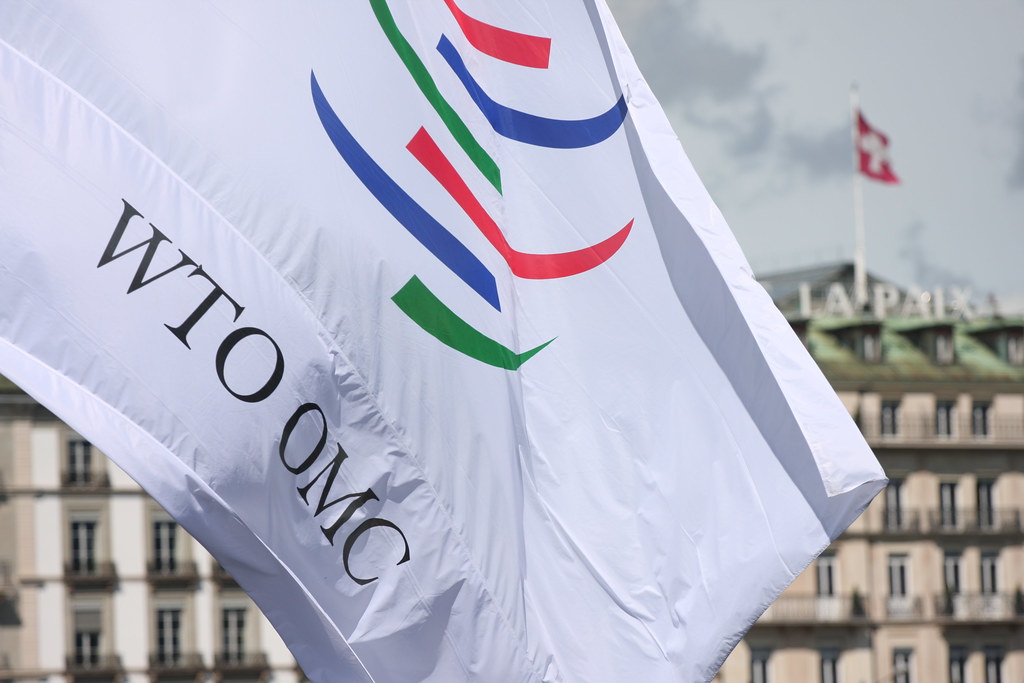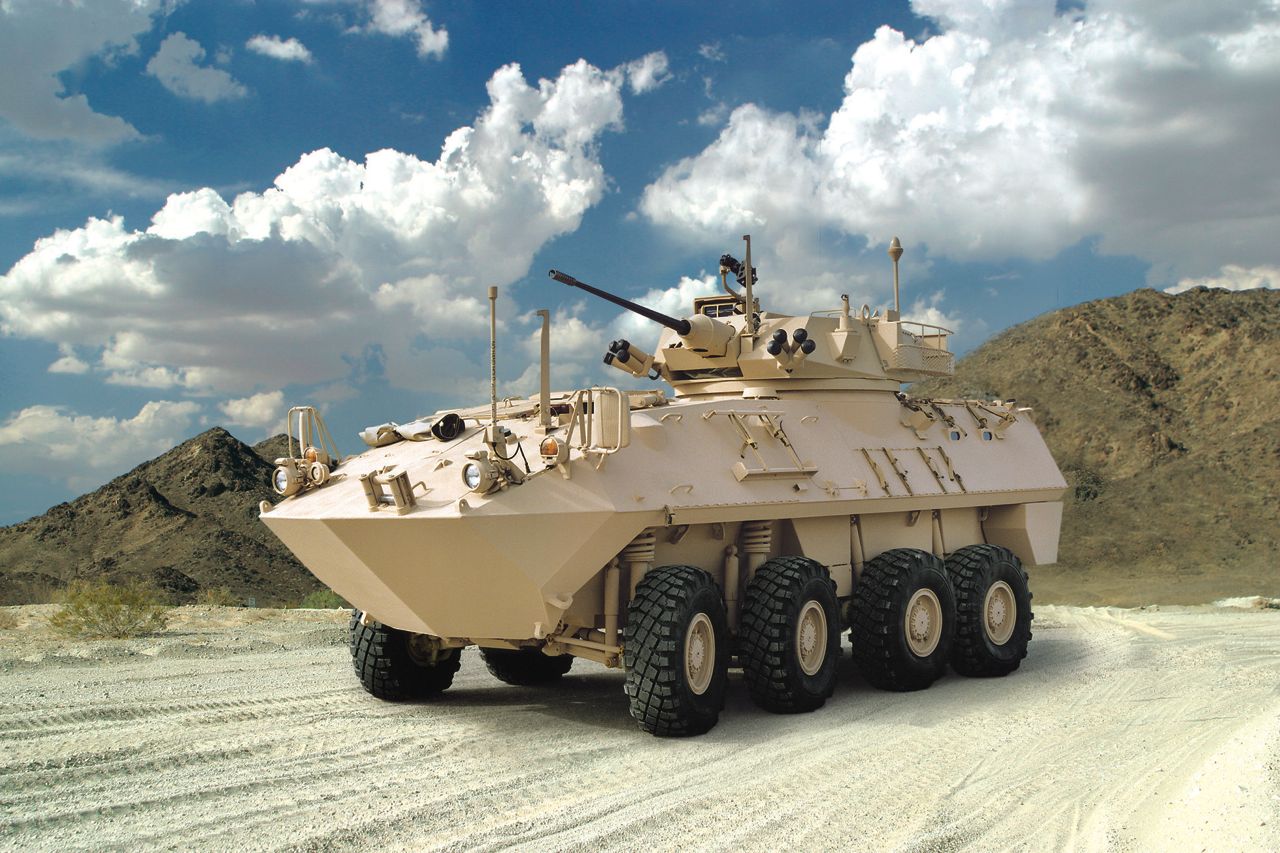Introduction
According to the World Trade Organization (the “WTO”), over 300 Preferential Trade Agreements (“PTAs”) are in force between WTO member states. PTAs are negotiated on a bilateral, regional or cross-regional basis, cutting against the WTO’s preferred multilateral, and non-discriminatory system. Yet, with the vast majority of active PTAs signed since 1990, PTAs are on the rise, and are seemingly becoming WTO member states’ preferred means of facilitating trade to and from their jurisdictions. Unless the WTO acts decisively, it may be risking sidelining itself, as international trade may be transitioning away from multilateralism towards bilateralism.
PTAs in the Current Scheme
Article XXIV of the General Agreement on Tariffs and Trade (the “GATT”) outlines the requirements PTAs must meet in order to comply with the GATT. However, these conditions have not discouraged WTO member states from creating trading blocs through sophisticated PTAs.
Take, for example, the Comprehensive Economic and Trade Agreement (the “CETA”), unofficially the Canada-Europe Trade Agreement. The CETA is poised to facilitate business operations between the EU and Canada by abolishing customs duties, goods checks, and various other levies. The CETA also includes its own dispute resolution method through the creation of investment protection and investor-state tribunals.
If the CETA represents the norm for PTAs in the 21st century, the WTO will continue to be faced with more sophisticated and larger PTAs (see the negotiations over the Transatlantic Trade and Investment Partnership, the now defunct Trans-Pacific Partnership, and NAFTA and the USMCA). However, the more sophisticated PTAs become at addressing the issues the WTO has failed to resolve in regards to the resolution of disputes, the more likely it is for the WTO to lose its role as the world’s foremost trade regulator and trade dispute resolver.
The WTO’s Options
To avoid being sidelined, the WTO should consider the following. First, the WTO should consider the context that contributed to the proliferation of PTAs. In the 2000s, WTO member states failed to reach a consensus on several issues like non-agricultural market access, agricultural trade liberalization, trade in services, and rules regarding antidumping, subsidies, countervailing duties, and regional trade agreements. It is possible, and even likely, that the failure to determine these issues on a multilateral basis encouraged countries to negotiate bilaterally. If the WTO wants to return states to the multilateral system, the WTO should re-open the key issues that were left unresolved at the WTO Ministerial Conference of 1999 and the currently stalled Doha Round negotiations. However, it is also possible that the preference for PTAs will subsist whether or not the WTO resolves these issues. By the 1980s, the United States had already begun emphasizing pursuing bilateral agreements over multilateral trade liberalization, and the framework was already being set for European integration.
Second, the WTO should consider becoming an active partner to the creation of PTAs, and work with states to regulate their proliferation. As Maria Panezi suggests in the article “The WTO and their Spaghetti Bowl of Free Trade Agreements,” the WTO could promote transparency in PTAs in order to facilitate the day-to-day operations of those who would be affected by the newly liberalized trade. Moreover, the current transparency mechanism which provides for early announcement of PTAs and notification to the WTO, can be expanded to include monitoring mechanisms that ensure systematization of PTAs. In addition, by creating a regulatory system for PTA formation, creation, and proliferation, the WTO could work to manage the potential negative impact of PTAs on trade generally. For instance, the WTO could seek to establish regulations that ensure that PTAs are neither trade diverting, nor transaction cost increasing. Lastly, the absence of case law regarding the legality of PTAs should be considered positively, meaning that it will be simpler to establish the ground rules for both the bilateral and multilateral systems to operate in concert.
Conclusion
The General Council of the WTO’s agreement to adopt a Transparency Mechanism for Regional Trade Agreements in 2006, and the 2015 decision to make two Doha Transparency Mechanisms permanent, should be considered as promising steps towards the WTO becoming a partner in the negotiation and regulation of PTAs. As we enter the third decade of the 21st century, the WTO should look to channel PTAs in a positive direction for broader, international trade liberalization.
Featured Image: “WTO Public Forum 2010” (2010), by World Trade Organization via Flickr. Licensed under CC BY-SA 2.0.
Disclaimer: Any views or opinions expressed in articles are solely those of the authors
and do not necessarily represent the views of the NATO Association of Canada.




